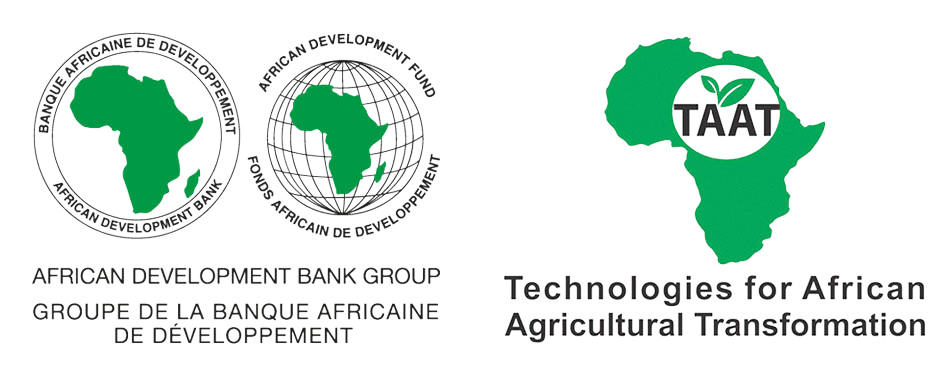The Sorghum-Millet Compact is led by the International Crops Research Institute for the SemiArid Tropics with national partnership in seven countries of the Sahel. Its toolkits support two indigenous cereals essential to the food security across African drylands: sorghum and millet. They are based upon the development of many new improved varieties of both crops and their rapid release through national programs. As both of these crops are open pollinated, they are well suited to dissemination by community-based seed production systems, but at the same time mechanisms for production of foundation and certified seed are under development.
Water harvesting is a necessary component of this toolkit and is achieved by established soil preparation techniques including “Zai” pits, tie ridges and contour bunds that eliminate runoff during heavy seasonal rains. Labor savings is achieved through the promotion of hand-pushed planters. Soil fertility is managed through fertilizer micro-dosing, a technique that increases nutrient use efficiency and applies inputs in proportion to demands created by seasonal rainfall. Legume rotation with groundnut and cowpea are important features of this cropping system, and so too are interactions with livestock as virtually all stover is fed to farm animals during the long dry season.
Sorghum is attacked by parasitic striga and innovations leading to its control, including release of resistant varieties, are also included. Release of a parasitoid wasp is being considered for control of head miner, and sorghum disease control is promoted through the release rust resistant varieties. Models for commercialized rearing of these control agents are available from elsewhere in Africa. Stover management includes the promotion of mobile choppers so that crop residues may be better processed into livestock feeds. The importance of these two crops across the Sahel cannot be understated as they provide the main staple cereal to most people, and the organic resources they offer are even used for dwellings and fences. There is also huge scope for further value-added processing sorghum and millet as well because these grains are extremely nutritious and useful in barley and wheat substitution. An innovative community-based cereal banking system, known as “warrantage” is being employed as a combined food security and marketing mechanism.

